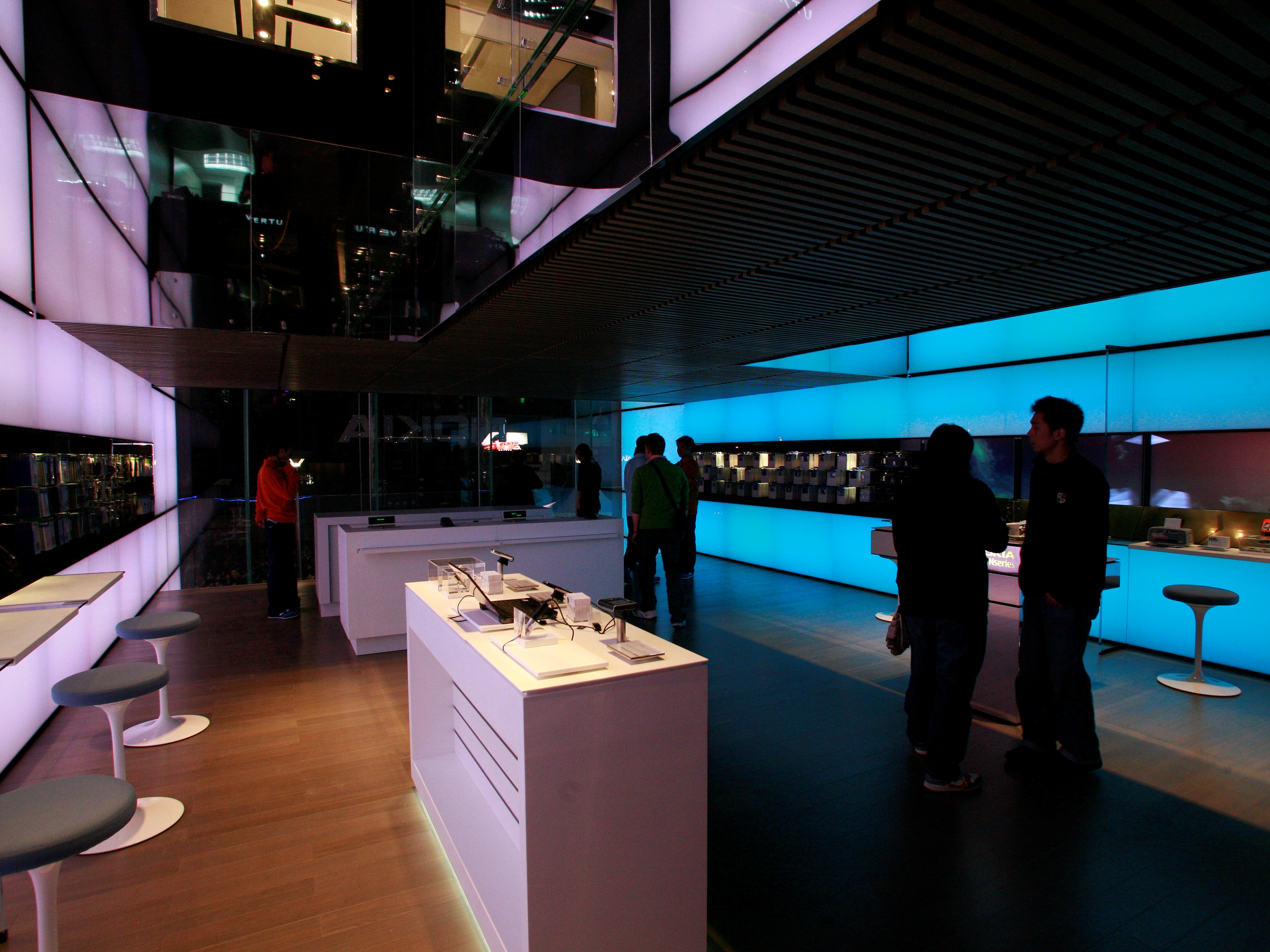Smartphone tech gives 'indoor GPS'
SurroundSense app can pin-point your location to within metres

American researchers have harnessed smartphone technology to create an accurate location system that works indoors.
SurroundSense, developed by scientists at Duke University in North Carolina, uses a phone's built-in camera and microphone to record sound, light and colours, while the accelerometer records movement patterns of the phone's user.
This information is sent to a server, which knits the disparate information together and compares with stored data to find a match.
Room-sized fingerprints
"You can't tell much from any of the measurements individually, but when combined, the optical, acoustic and motion information creates a unique fingerprint of the space," said Ionut Constandache, graduate student in computer science. For example, in a bar, people spend little time moving and most time sitting, while the room is typically dark and noisy. In contrast, a chain store will be brightly lit with vibrant colours – especially red – and with movement up and down aisles.
Students fanned out across Durham, North Carolina, with their mobiles, collecting data in different types of businesses. "We went to 51 different stores and found that SurroundSense achieved an average accuracy of about 87 per cent when all of the sensing capabilities were used," Constandache said.
SurroundSense also collects data at different time points, so it would be able to distinguish a Starbucks at the morning rush when there are many customers from the slower period in mid-afternoon. While standard GPS systems are only accurate to 10 meters and do not work indoors, the new application can be as precise as telling if a user is on one side of an interior wall or another.
Get daily insight, inspiration and deals in your inbox
Sign up for breaking news, reviews, opinion, top tech deals, and more.
Power down
However, there are problems. In order for the phone to collect data properly, it must be held with the camera facing down, although the researchers are working on ways for the application to work if the phone is in a pocket or handbag. Battery power is also a challenge, with all the phone's sensors on, all the time.
The Duke researchers are now considering the tradeoffs between having the application "on" all the time, which drains the battery faster, or having it take measurements at regular intervals. They are also trying to determine whether the entire application should be housed on the server, the phone, or some combination of the two.